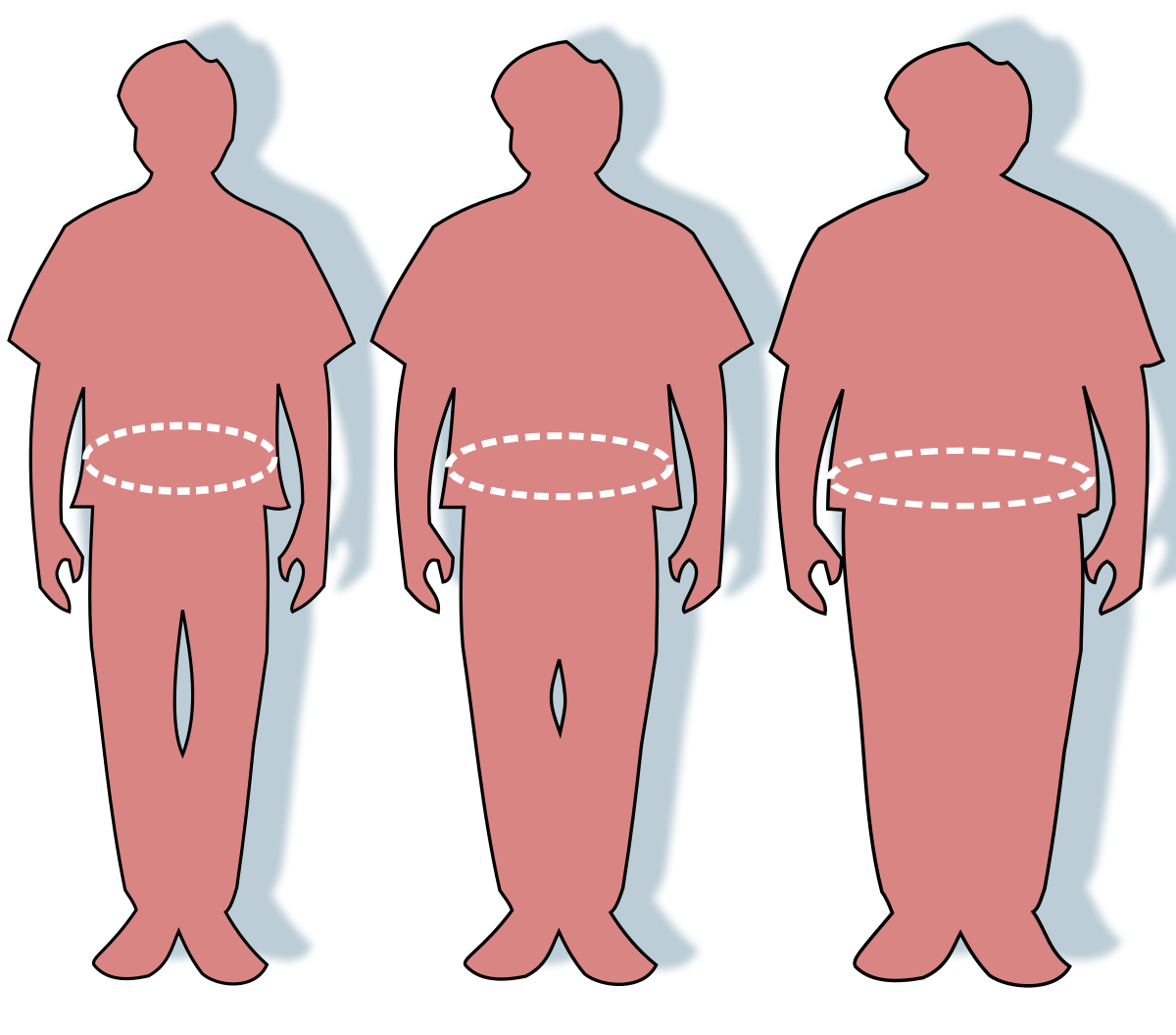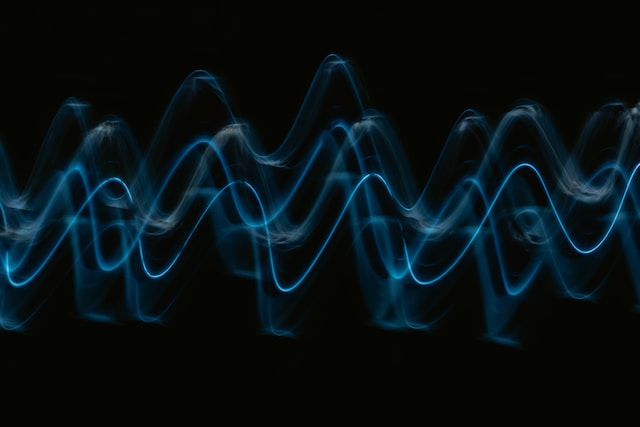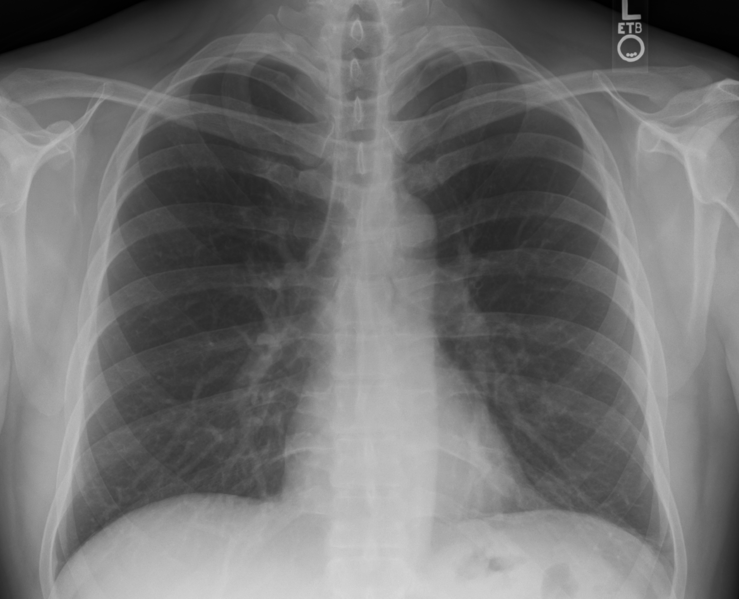Groundbreaking Stem Cell Study Offers Hope for Macular Hole Repair
This groundbreaking study demonstrates the potential of stem cell transplants to repair damaged retinas and close macular holes in monkeys. Researchers successfully implanted stem cells into the eyes of monkeys with macular holes. This led to the closure of retinal defects and improved vision.
Understanding Macular Holes: A Leading Cause of Vision Loss
Macular holes are a common cause of vision loss, especially in older individuals. They occur when the central part of the retina, called the macula, becomes damaged and develops a hole. This can result in blurred or distorted vision and, in severe cases, blindness.
In their research, the scientists began by cultivating a sheet of retinal cell precursors derived from a human embryo. These cells were then implanted into the right retina of a snow monkey suffering from a macular hole, which had difficulty with vision tests.
Significant Vision Improvements After Transplantation
Six months later, the monkey’s eyesight was re-evaluated. Before the transplant, the monkey could only focus on 1.5 percent of the dots in a series of tests. However, six months post-transplant, the monkey was able to focus on 11 to 26 percent of the dots across three tests — a significant improvement.
Future Implications: Potential for Vision Restoration in Humans
Further research and clinical trials are needed to fully understand the safety and effectiveness of this technique in humans. The initial results from the monkey study provide a promising glimpse into the future of vision restoration. Repairing damaged retinal tissue with stem cells could provide a life-changing solution for many individuals currently living with vision impairment.
“We confirmed for the first time in a non-human primate model that embryonic stem-derived retinal organoid sheet transplantation facilitates the closure of macular holes,” said senior study author Michiko Mandai of the Kobe City Eye Hospital. “Our results suggest that this method could become a practical, safe, and effective treatment option with minimal invasive risks, particularly for difficult macular hole cases.”







